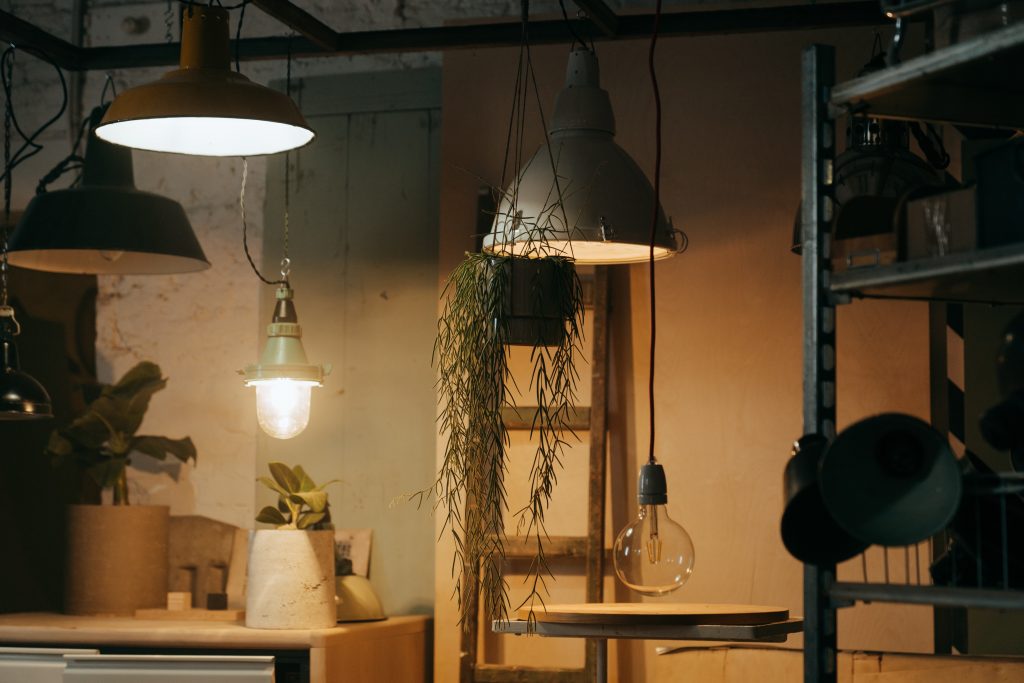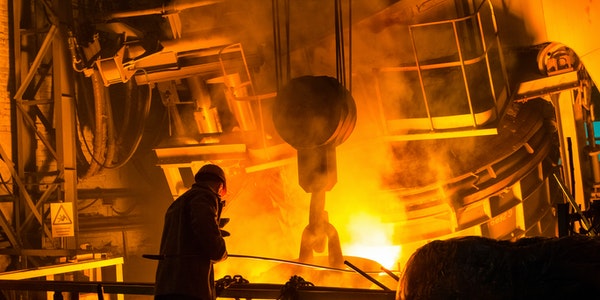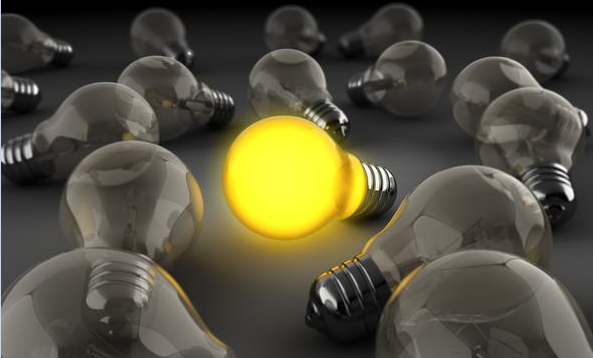Many consumers like to operate lights very much, and sometimes they do not necessarily use standard CFL bulbs (don’t worry, we do the same) or the latest generation of LED lights. Therefore, one of the hot questions we receive is: “Your lamp is very hot, will this affect the life of the lamp?”
How hot is the LED light?
LED lamps feel a little hot to the touch, but not as hot as CFL bulbs, halogen lamps and incandescent lamps. As the latest generation and most efficient lighting technology, high-power LED lamps provide sufficient light while emitting much less heat than the previous generation lamps. The outer surface of the LED bulb also heats up, but it is usually only 1/3 of the temperature of a halogen bulb or incandescent lamp with the same brightness, which is about 20% lower than the temperature of a CFL lamp.
Can I touch the LED light when it is working?
The heat dissipation of the LED chip is mainly related to the choice and process of the substrate and the circuit. Any LED will be made into a lamp, and the heat generated by the LED chip will always be dissipated into the air through the shell of the lamp. Because the heat capacity of the LED chip is very small, the accumulation of a little heat will make the junction temperature of the chip increase rapidly. If it is operated at a high temperature for a long time, its life will be shortened quickly. However, there are many ways for this heat to actually guide the chip to the outside air.
Specifically, the heat generated by the LED chip comes out of its metal heat sink, first passes through the solder to the aluminum substrate PCB, and then passes through the thermally conductive glue to the die-cast aluminum heat sink to achieve the purpose of heat dissipation.
LED lights are equipped with a diffuser. The diffuser is a shell wrapped around the lamp, which is connected to the chip through a metal sheet to guide the heat. When the lamp is on, do not touch the radiator or LED bulb. The role of the heat sink on the LED bulb is to absorb heat from the LED and transfer the heat to all directions. The radiator is the hottest part of the lamp, and the radiator is designed to be the hottest part, while keeping the LED power supply and electronic equipment as cool as possible, which is fully scientifically based.
How to define “hot”?
In actual applications, the data we collected show that when fully lit, the heat sink of the LED lamp is about 60°C-100°C (140°F-212°F), depending on the ambient temperature and the surface area of the radiator. The size, the type of LED bulb and the speed of air flow on the surface of the lamp. According to the image analysis of the thermal imager, it can be easily seen that the brighter the yellow part, the higher the temperature is.
Relatively speaking, the 8W compact LED lamp is very hot! The compact bulb has low power and low luminous flux, but the area of the heat sink is small, and there is no air distribution channel designed. All electronic equipment is installed directly inside a sealed 80°C (176°F) radiator.
LED A19 bulb, its power is 12W, but it is cooler. It is 28% brighter than the previous two bulbs, but it has a larger heat dissipation area, which can be used to work and dissipate the LED heat to all around the room.
The 12W A19 bulb is better than the former in terms of airflow management design, which uses convective airflow through the surface of the radiator while flowing inside and outside the radiator. In the next generation of light bulbs, the power supply and electronics are kept as cool as possible.
We have done a comparative test on the heating conditions of different lamps at an ambient temperature of 30°C (86°F) or higher. Even in a sealed enclosure, the PFL-50 lamp can be used for lamp beads, PCB board And the temperature of the electronic equipment such as the driving power supply and the heat sink system is kept at the lowest level, especially the bulb has been tested in the socket compared with the current model of LED light.
Why is the radiator so hot?
Touching anything above 50°C (122°F) with your fingers will quickly feel very hot! You will pull away reflexively. Since it is a radiator, please always remember that it should be very hot. Your fingers and pain sensors will automatically protect yourself from the temperature at which the protein in your skin starts to cook. This cooking is also called “protein denaturation or unfolding”. This cooking starts at about 55°C to 131°F. This is a reflex response that can quickly move your body part away from any object with a temperature higher than 50°C/122°F and get the message of “overheating”.
What is the best temperature for LED lamps?
The general safety regulations for the temperature of LED lamps are -20℃~65℃.
The working temperature of LED lamps is below 65℃. The temperature is mainly related to the number of lamp beads, the radiator and the power of the lamp beads. In addition, it is necessary to determine whether the lamp cup radiator is matched with the lamp beads. Too high temperature can easily cause severe light decay of the lamp beads and even bring safety hazards. Generally, when the bulb reaches thermal equilibrium, the temperature of the lamp bead pin is not higher than 65℃, and the surface temperature of the radiator is not higher than 55℃, it is a qualified product.
Please note that this is the temperature of the electronic equipment inside the LED lamp, which is different from the temperature of the external radiator. After the correct design, the lamp design can make the temperature of the electronic equipment at least 10°C-30°C lower than the temperature of the radiator (18°F-54°F lower).
Therefore, even if the temperature of the radiator reaches 90°C (194°F), the temperature of the electronic equipment of the LED lamp can stably reach 60°C-80°C (140°F-176°F). Both are much lower than the temperature of the aluminum substrate of the electronic circuit.
The influence of environment on the temperature of LED lights
Generally speaking, lamps placed straight up or down will usually have a lower temperature than lamps that work sideways. The convective hot air flows over more of the length of the bulb, so it can be cooled more effectively. After testing, the temperature of the side lighting lamp is within the normal working temperature range, so it is also acceptable.
In the test, the temperature of the heat sink on the PFL-100-L lamp installed on the ceiling is about 85°C (185°F), but the temperature of the power electronics is only 75°C (167°F). And the temperature of the drive power control electronics is kept at 53°C (127°F), which shows that the radiator has a very good effect.
Compare this with the heat dissipation of CFL. The room temperature is 28°C (82°F). Under the same test conditions, the glass temperature of the CFL lamp with the same lumen output is 120°C (248°F), and the temperature of the electronic circuit board is 85°C (185°F), which is higher than the temperature of the aluminum substrate of the LED lamp by 32°C.
How hot are other kinds of lights?
It is impossible to touch the surface of other types of bulbs, such as high-pressure sodium lamps, high-pressure gas discharge lamps, and metal halide lamps. This test showed that the surface temperature of high-pressure sodium lamps and halogen lamps is as high as 126°C (259°F), and the glass temperature on high-pressure gas discharge bulbs is as high as 108°C (226°F).
Most LED bulbs use a plastic shell as a heat sink, so they can be touched safely without being burned. But during use, do not touch incandescent or halogen bulbs under any circumstances. Although the design of the PFL-100-L lamp has a lower temperature and a safer touch than the current typical LED lamp, even if the lamp looks suitable and easy to operate, any radiator on it should not be touched.


